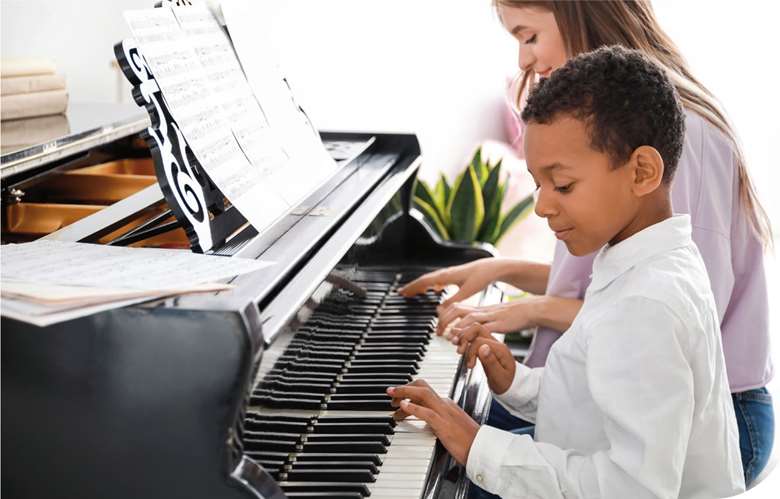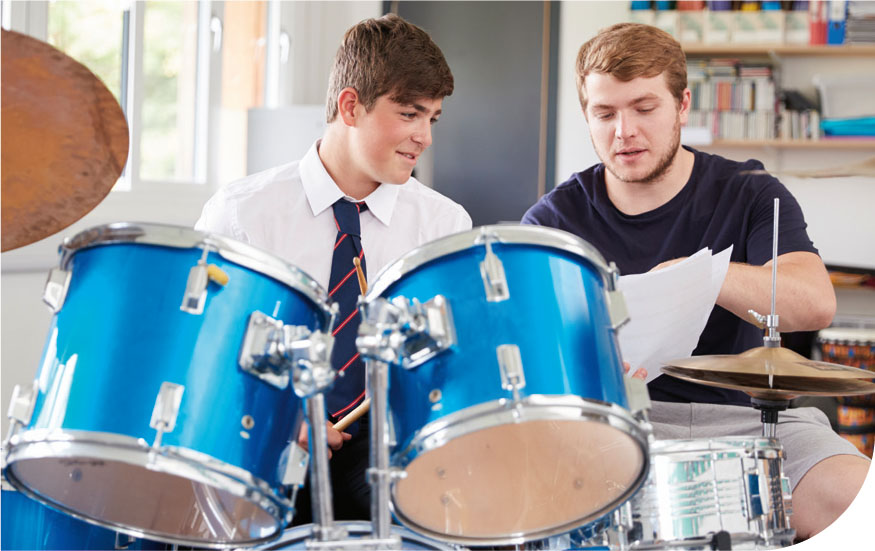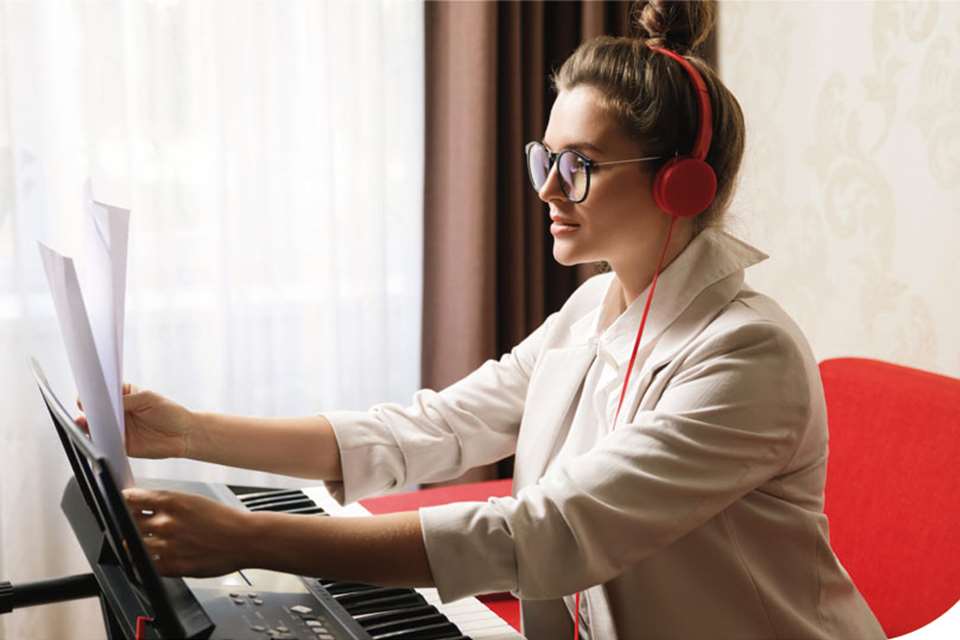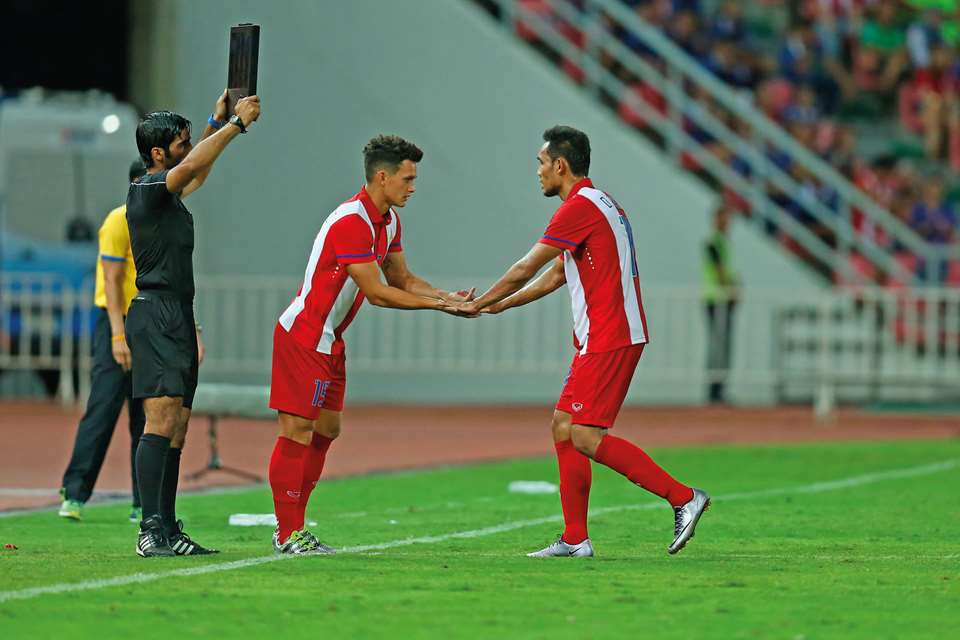Mutually beneficial: Peripatetic music teacher wellbeing
Charlotte Way
Monday, November 1, 2021
Most of the research into instrumental and vocal teaching focuses on pupil wellbeing rather than that of teachers. Here, Charlotte Way explores how the wellbeing of teachers can be improved by supporting pupil autonomy.

Pixel-shot/AdobeStock
While studying for an MSc in Performance Science completed recently, I looked at the wellbeing of instrumental and vocal teachers and found that this subject had little coverage in the research literature compared to the wellbeing of pupils. However, as those who work in 1:1 contexts know, this is a uniquely powerful and privileged relationship, and perhaps deserves consideration from the teacher's point of view.
During many years as a visiting music teacher (VMT) in a large school music department, I felt that, although my colleagues and I found our work rewarding in many ways, frustration and exhaustion were also common experiences. In informal discussion, problems cited were:
- Pupils were insufficiently motivated to practise.
- Pupils’ and parents’ goals were often unrealistic due to insufficient understanding of the nature of instrumental/vocal training.
- Possible friction between teachers, pupils and parents as to appropriateness of goals, especially in a learning culture which sees passing grade exams as the principal measure of achievement.
- Teachers might find it hard to understand the perspective of the child who, although he/she likes playing music, is reluctant to put in the practice time, and may not see music as a long-term project.
- Teachers having no control over what goes on in between lessons in terms of quantity and quality of practice.
Although it was felt to be a privilege to be able to give undivided attention to a young person in passing on a skill which they considered to be very special, teachers also experienced a considerable sense of responsibility. Too often they felt drained at the end of the day because of a pervasive sense that it was always up to them to provide the motivation for learning. However, teacher wellbeing should not be ignored – the desire to teach is as important as the desire to learn, and can be nurtured by learning strategies which re-balance the teacher/pupil interaction to be more effective and satisfying.
Traditional methods
It's acknowledged that a teacher's style commonly reproduces that of their own teacher, traditionally using a ‘master/apprentice’ approach. This simple didactic model, in which the teacher delivers knowledge and skills, while pupils simply follow directions, keeps pupils in an essentially dependent relationship, allowing them little opportunity to develop their own musical identity. It is now recognised that giving pupils a degree of choice and ownership regarding their learning leads to greater motivation, whereas too much teacher control can have a constraining effect.
Encouraging students’ autonomy
In Self-Determination Theory, autonomy, competence, and relatedness are identified as three basic psychological needs which, once met, allow the natural tendency for growth and development to flourish. It recognises two kinds of motivation: intrinsic – doing something for its own sake, because it's inherently rewarding; and extrinsic – responding to external pressure and control, such as pleasing a parent or passing an exam. The latter is considered poor-quality motivation. When teachers encourage autonomy in their pupils, the student/teacher relationship comes closer to a shared journey of discovery, with the student taking on more responsibility for what and how they learn, and the teacher supporting rather than controlling this process.
As I could find no research demonstrating the effectiveness of autonomy-supportive teaching in music, I turned to studies of PE teachers. These showed that this approach had clear wellbeing benefits for teachers: efficacy, competence and job satisfaction were all improved. Teachers felt better motivated to teach, and experienced higher levels of wellbeing including less exhaustion. In music, although not identified as autonomy-supportive as such, studies which examine ear-playing and improvisation in instrumental learning show positive skill development for both pupils and teachers.

© MONKEY BUSINESS/ADOBESTOCK
Suggested strategies for autonomy support
Essential features include adopting a facilitative/collaborative role in which pupils are given choices and teachers provide reasons and explanations for their strategies.
1. Goals
- For effective learning, goals must align with the pupil's authentic self, so it's important to share the decision-making when setting both long- and short-term goals and breaking them down into manageable components.
- Finding most appropriate goals – there may be pressure from parents and music departments to pass grade exams, but, although these have their place, they may not always be the best way to foster the skills which will sustain pupils’ engagement. Spending around a year learning three pieces can be less than inspiring for all concerned, whereas work on improving sight-reading and ear-playing might prove more useful in the long run.
2. Lesson content and approach
- When involved in sharing the decision-making, pupils will be taking more responsibility so it's important to discover what their musical interests are and be prepared to include a range of genres – playing music that they easily relate to enables pupils to experience greater engagement and enjoyment. Finding the right level of challenge – neither too easy nor too hard – and varying learning styles (for instance learning some pieces by ear), will also contribute to continuing commitment.
- Providing structure supports autonomy, so planning lessons proactively, rather than simply reacting to what pupils bring to the lesson, helps to create a sense of purpose. Students can be involved here too, giving them more choice and control. Varying content and format of lessons keeps everyone refreshed.
- Allowing lessons to develop a satisfying flow with teacher and pupil taking turns to listen, and limiting interruptions during playing, facilitates give and take. Teachers being prepared to learn from pupils’ ideas can lead to a fruitful exchange of ideas and energy.
3. Creativity in learning
- Incorporating ear-playing, improvisation, and composition into lessons encourages learners to develop their own musical voice, imagination, and confidence in self-expression. This can spill over into playing composed music more expressively, too.
- Engaging in a process of discovery and experimentation will be experienced as rewarding and fun, and a playful, inventive approach can also be applied to solving technical problems.
4. Teaching style
- It's now recognised that a prescriptive teaching style can undermine pupils’ competence and independence because it's experienced as external pressure, which can cause anxiety. Replacing ‘do this’ instructions with more exploratory suggestions such as ‘what happens if you try this?’ allows students to explore for themselves and develop their own awareness of what works. Of course, sometimes it's necessary to step in with direct support when it's clearly needed, in which case it's helpful to provide clear reasons for instructions. Using a gentle rather than commanding tone of voice and staying patient and calm will allow the pupil space to focus on their learning experience and is less tiring for teachers.
- Listening to pupils’ views, acknowledging their feelings – even negative ones – recognises them as musicians and equals. Through positive and warm, rather than judgemental, feedback, teachers can promote competence and relatedness as well as autonomy (the three basic psychological needs) – all will improve students’ willingness to learn.
To conclude
It is far more rewarding for teachers when students are motivated and engaged rather than struggling and reluctant, and by using a coaching/facilitating style, rather than directing/controlling, pupils’ intrinsic motivation is allowed to grow.
Developing a sense of mutual trust and playfulness, sharing the journey of discovery engenders a healthier dynamic and more joyful feel to lessons, thus reducing stress for teachers. Although using creativity may be beyond the comfort zone for some, even small steps in this direction can be rewarding. Pupils may indeed find learning by ear and improvisation easier than their teachers, in which case teachers can listen and learn from pupils in a mutually beneficial exchange of ideas and energy.
Unlike classroom teachers who have to follow a curriculum, 1:1 teachers are largely free to develop the content and style of their lessons, but may need to convince parents and music departments of the benefits of moving beyond the traditional model. They may worry that ceding a degree of control undermines their role; this might prompt them to reflect on the way they themselves were taught. Breaking moulds can be daunting, but new strategies can be introduced gradually, and it is a joy for teachers to find pupils meeting them halfway when they are truly motivated to learn. As research demonstrates, teachers who support pupil autonomy find the experience enriching, skill-building and liberating – all good for wellbeing.





